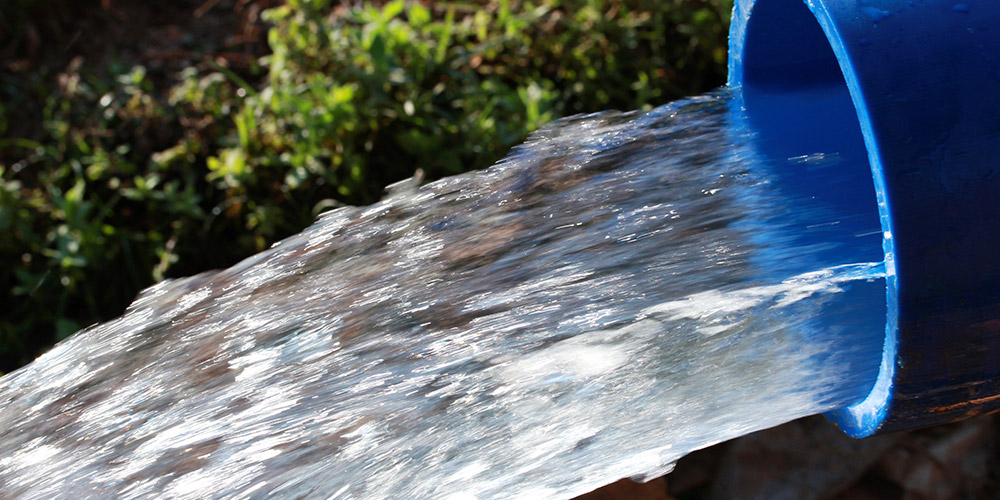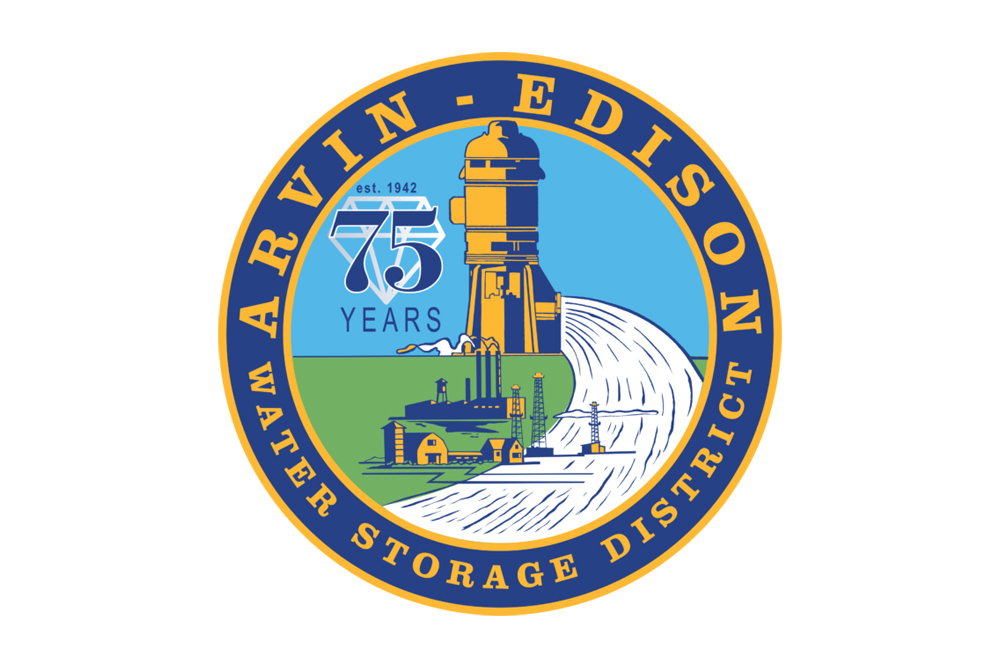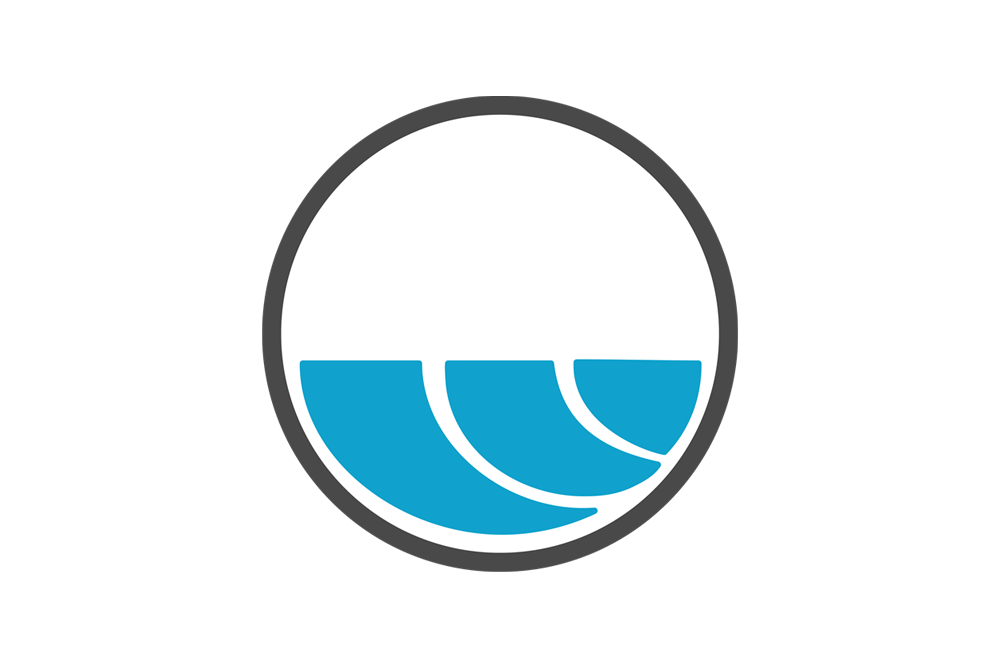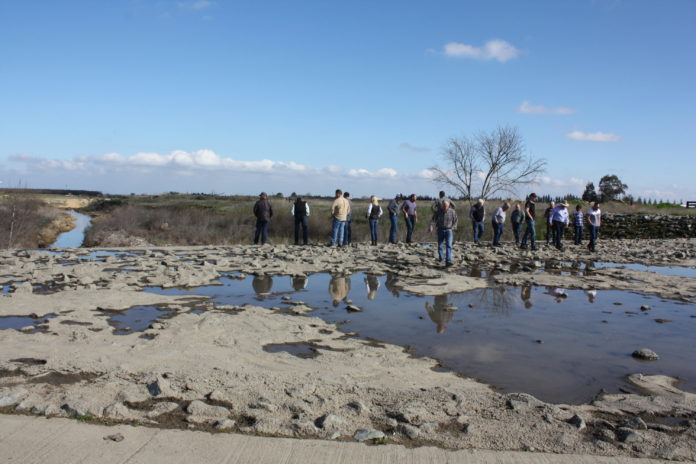 The Exchange Contractors board of directors met on Friday, May 1, 2020 by teleconference. The arrangement was different, you had to call in on the phone to hear but there was also a visual call in that didn’t show people’s faces but did show the agenda and scrolled though the board packet. The meeting began a bit late at 9:10am but things got rolling when Ex Con Chairman James O’Banion had us all introduce ourselves. Actually O’Banion had Executive Officer Chris White take roll and all the directors and managers were there far as I could tell.
The Exchange Contractors board of directors met on Friday, May 1, 2020 by teleconference. The arrangement was different, you had to call in on the phone to hear but there was also a visual call in that didn’t show people’s faces but did show the agenda and scrolled though the board packet. The meeting began a bit late at 9:10am but things got rolling when Ex Con Chairman James O’Banion had us all introduce ourselves. Actually O’Banion had Executive Officer Chris White take roll and all the directors and managers were there far as I could tell.
The first item for consideration was the audit report. An audit report over the phone. It was a first for me and CPA Joe Maestro was pretty good. He kept it rolling along and I found it helpful that the pages of the audit report being referred to were posted as he went. I like that because it does help focus the issues. Sometimes the oral report floats in the either while the reference material is imprecisely displayed to the layman. I have a policy when covering audit reports, unless someone is going to jail for something they are almost always the same. The auditor finds the district has been above board and competent with its books. Why is this? Some may tell you because water people are good looking, possess above average intellect and dance well. That may be true, I’ll leave it up to you to decide. However, I believe the overwhelming positive audits are a result of farmers. Observation shows farmers drive nice, new trucks, live in nice homes and tell everyone they are on the verge of bankruptcy at all times. They watch their money closely and who can blame them? Drought, pestilence, the market; they are always fighting with forces beyond their control. They can however control their bookkeeping and do a good job of that. The board approved the audit report.
Next Joanne White gave the financial and expenditures, they were also approved.
Water Master Adam Hoffman gave the water report saying Ex Con demand has been 1,260 cfs. There will be an increased release on the San Joaquin River at Friant Dam as the temperatures rise and the snow melts. Shasta is just shy of average storage at this time. San Luis Reservoir has had increased demands but it was able to increase storage a bit as well. The San Joaquin and the Kings Rivers have very similar watersheds and hydrologic conditions. Both are at the 60 to 70 percent storage capacity and taking in snowmelt.
Hoffman said total Delta inflow is at 12,442 cfs. There is already some impact of the lawsuit filed by California Attorney General Xavier Becerra against the new biological opinions directing Delta operations.
White gave his EO report saying he and staff have spent most of their time working on transfers, restoration and other routine matters for this time of year. He said there will be some things to discuss in closed session.
Ex Con Special Ops Commando Steve Chedester reported on SJR Restoration matters. The US Bureau of Reclamation wants to move the Mendota Pool fish screen out of the channel and downstream of the dam which really doesn’t make much sense. This is the kind of things taking place during the 30 percent design stage of the project. For newer readers the Natural Defense Resources Council law firm sued the USBR to restore the SJR for salmon migration. The lawsuit took about 20-years. The result was rather than have a judge split the baby a law was passed to restore salmon up to Friant Dam. The goal was for 500 fish to return and 15-years ago the cost was about $2.5 million per salmon. Ex Con is on the SJR downstream of Friant and the operation of the river has had major impact on the Ex Con landowners.
Chedester also reported the Temperance Flat folks haven’t met and the San Joaquin Valley Water Blueprint is still chugging along.
White gave the water transfer report. Some of the transfers take place with actual water moving around and some transfers are on paper with land being fallowed. The documentation is on file at Ex Con offices if you want to dive into the minutia. Transfers and fallowing are both tools used to conserve water and use it most efficiently for supplies and economic/enviro impacts. The board checks out who is transferring the water and keeps a close eye on the situation. There is a good deal of scrutiny involved. The board approved the water transfers and the water transfer committee minutes.
Next White presented the report by Andy Neal of Woodard & Curran on the Del Puerto Canyon Reservoir report. A feasibility report first draft was presented to develop a final report for the Department of Interior and use for public outreach. White said things are progressing well with the project. Good for him.
Lawyer/Farmer Dave Cory gave his report on the regulatory hanky-panky taking place in Sacramento. Management Practices Evaluation Program (MPEP) is a new set of initials generated by the state to determine how much nitrogen can be allowed to reach groundwater on a township basis. Not individual lands but on a township level. Cory was concerned a one size fits all approach may be adopted by the state that doesn’t take the variables as inputs in determining the amount of nitrates that can reach groundwater.
The Grasslands Bypass Project drainage evaluation to bring about a use agreement should be ready soon, ahead of schedule.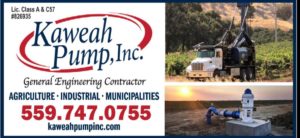
White gave the legislative report from Dominic DiMare, Arc Strategies on the legislative hanky-panky coming out of Sacramento. White scrolled through the report naming the highlights. Nancy Williams is the federal lobbyist who had a lot of COVID-19 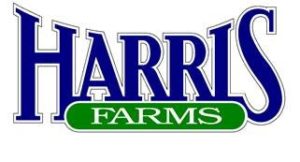 material and the lawsuits flying all over. It was a short report.
material and the lawsuits flying all over. It was a short report.
Attorney Paul Minasian reported there will be a status conference with the Court of Claims in Washington DC to set a schedule or discovery to limit discovery so a summary judgement can be issued sooner. This is about a lawsuit filed when the Bureau sent SJR water that would have gone to the Friant system to Ex Con during the 2014 drought. There was a report written on the Delta Tunnel Project that was ignored by the tunnel authority. The report determined the tunnel to be infeasible. It looks like an emergency will have to be declared to get water transfers through the Delta which raises the questions what is being built? He recommended Ex Con not to invest money in a law zoot suit but stay aware as it can impact water supplies which is a chain reaction from Redding to Bakersfield. Nothing else in open session.
The four managers’ report was given. Central California Irrigation District’s Jarred Martin reported a bridge is out forcing folks to drive a ways extra. John Wiersma, General Manager San Luis Canal Company said deliveries are down a bit for April. His board adopted a critical year and the coronavirus delayed elections but the process came out stronger. Randy Houk reported a lot of stuff with his microphone muted. It was funny the way he said that I was laughing because that is a very common occurrence during teleconferences and I don’t recall what his actual report was but for the fact Columbia Canal Company’s April deliveries were also below normal. Firebaugh Canal WD Jeff Bryant reported April deliveries are down but canal lying have been moving forward.
The meeting then went into closed session.
DISCLAIMER OF RESPONSIBILITY; Waterwrights.net strives to provide his clients with  the most complete, up-to-date, and accurate information available. Nevertheless, Waterwrights.net does not serve as a guarantor of the accuracy or completeness of the information provided, and specifically disclaims any and all responsibility for information that is not accurate, up-to-date, or complete. Waterwrights.net’s clients therefore rely on the accuracy, completeness and timeliness of information from DAW entirely at their own risk. The opinions expressed in this report are those of the author and do not represent any advertisers or third parties.
the most complete, up-to-date, and accurate information available. Nevertheless, Waterwrights.net does not serve as a guarantor of the accuracy or completeness of the information provided, and specifically disclaims any and all responsibility for information that is not accurate, up-to-date, or complete. Waterwrights.net’s clients therefore rely on the accuracy, completeness and timeliness of information from DAW entirely at their own risk. The opinions expressed in this report are those of the author and do not represent any advertisers or third parties.
ALL RIGHTS RESERVED. Copyright 2020 by Don A. Wright
SAN JOAQUIN RIVER EXCHANGE CONTRACTORS WATER AUTHORITY
Main Office: 541 H Street, P.O. Box 2115 Los Banos, CA 93653 Office 209/827-8616 www.sjrecwa.net Email: contactus@sjrecwa.net
DWR SGMA Identifier #5-022.07
The Exchange Contractors cover almost a quarter of a million acres in Fresno, Madera, Merced and Stanislaus Counties.
Mission Statement
The Exchange Contractors Water Authority mission is to effectively protect the Exchange Contract and maximize local water supply, flexibility and redundancy in order to maintain local control over the members’ water supply.
Board
James O’Banion-Chair Central California Irrigation District, Chris Cardella-Vice Chair Columbia Canal Company, James L. Nickel-Treasurer San Luis Canal Company, Mike Stearns-Director Firebaugh Canal Water District
Staff
Chris White-Executive Director, Steve Chedester- Director Policies & Programs, Adam Hoffman-Water Resources Specialist, Joann White-Director Finance and Human Resources, Patty Baldini-Office Assistant, Darlene O’Brien- Administrative Assistant, Paul Minasian-Attorney
History
The San Joaquin River Exchange Contractors hold some of the oldest water rights in the state, dating back to the late 1800s. The rights were established by Henry Miller of the legendary Miller and Lux cattle empire. In 1871, Henry Miller constructed canals to divert water from the San Joaquin and North Fork of the Kings Rivers for irrigation of his vast acreage. Today, several of the original Miller and Lux canals are operated by the Exchange Contractors.
Although Henry Miller’s canals served the irrigation needs of his estate in the western portion of Fresno, Madera, Merced, and Stanislaus counties, in order for more growth on the east side of the San Joaquin Valley to occur, more water was needed. In 1933, the United States Department of Interior undertook the Central Valley Project, a vast undertaking to build dams throughout the great Central Valley including the Sacramento, American and San Joaquin Rivers. When construction of the Friant Dam (north of Fresno) was under consideration, feasibility studies showed that irrigation development of the Friant Project between Chowchilla and Bakersfield depended upon water being diverted from the San Joaquin River at Friant Dam and brought to the east side of the valley, via the Friant-Kern Canal.
To accomplish this, the government asked the heirs of Miller and Lux to agree to “exchange” where they receive their pre-1914 appropriative and riparian water from the San Joaquin and Kings Rivers for guaranteed deliveries of “substitute” water from the Sacramento River by means of the Delta-Mendota Canal and other facilities of the United States. This agreement, known as the “Exchange Contract,” along with the accompanying “Purchase Contract,” were reached in 1939 and that led to the name “San Joaquin River Exchange Contractors.” In normal years, the Exchange Contractors are guaranteed 100% of their contractual water allotment (840,000 acre feet) and in critical years the amount is 75% (650,000 a/f).
The Exchange Contractors, however, did not abandon their San Joaquin River water rights. Instead, they agreed not to exercise those San Joaquin and Kings Rivers’ water rights if guaranteed water deliveries continued through the Delta-Mendota Canal or other facilities of the United States.

